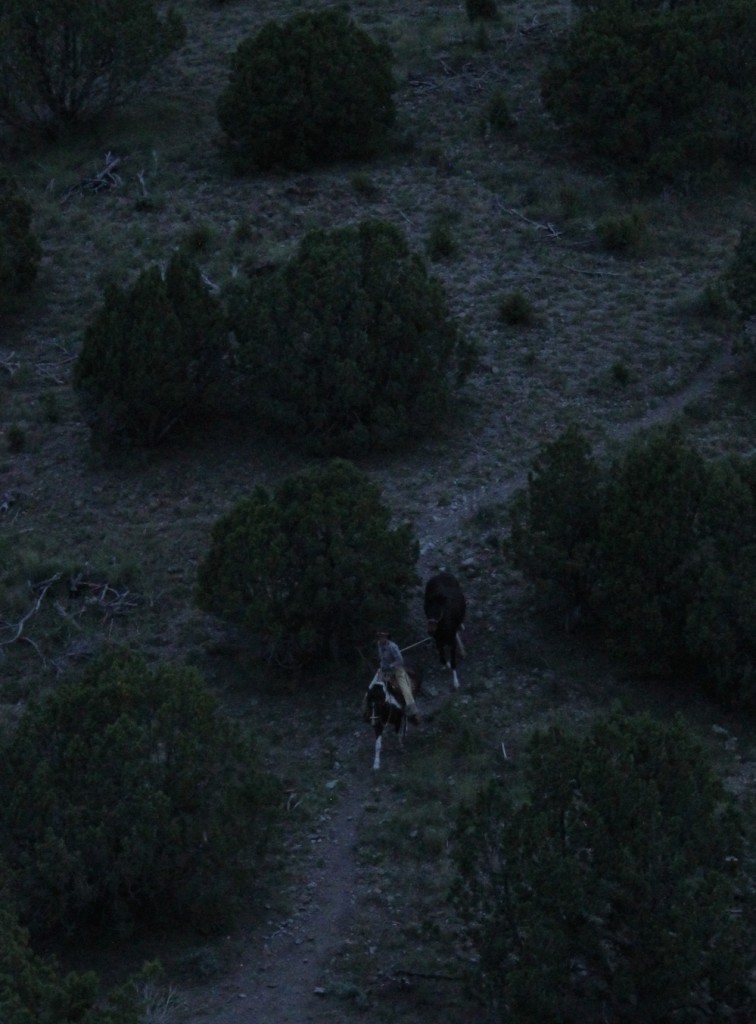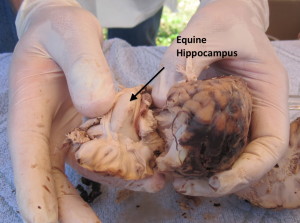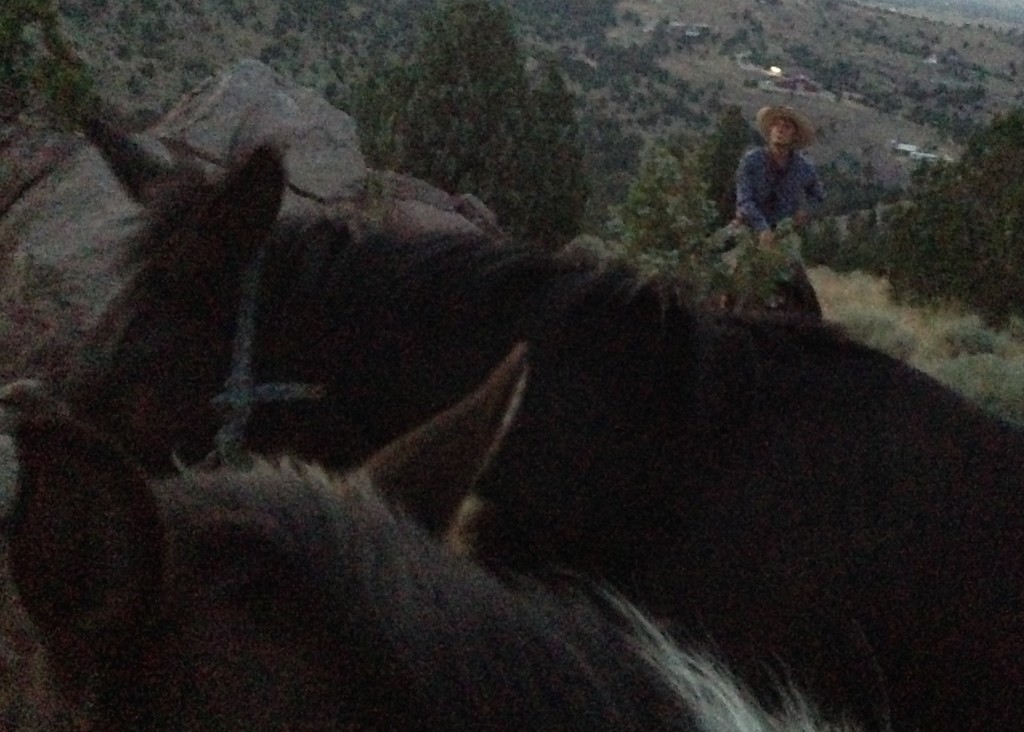By Maddy Butcher
We live near public trails here in Utah. With the windows open, it’s easy to hear horses and riders as they travel through the rugged country.
But around midnight?
Thanks to horses’ superior night vision and to their uncanny memory of place, the answer is an enthusiastic, “Yes!”
Aside from the reasons cited in the feature, Vision and Head Restraint, here are more, science-based explanations for how our horses see differently than we do and why it pays to trust them with navigation and maneuvering.
First, some science:
Within the equine eye, there are three essential features of vision:
There are two kinds of photoreceptors at the back of the eye. The rods and cones are neurons responsible for sending light signals to the brain.
- Rods are hundreds of times more sensitive to light than cones and relate to night vision or scotopic conditions.
- Cones function well in daylight (photopic conditions) and are responsible for color vision. Most humans have three types of cones; horses and colorblind humans have two.
Horses have a tapetum lucidum (Latin for ‘bright tapestry’). It’s a wall of tissue that acts like a mirror at the back of the eye. It reflects light back through the retina, making more light available to those photoreceptors (rods and cones). When you use a flashlight or a camera flash on your horses at night, the eyeshine you see is the tapetum lucidum. Humans lack this feature.
According to studies by the Equine Research Foundation, horses have rod-dominated vision enabling them to see
objects at night well beyond our abilities.
Can you walk around a dense forest on a moonless night?
Horses can. Read related blog post.
In her research, Dr. Evelyn Hanggi noted mustangs galloping over rocks and sagebrush, over hills and gullies with only starlight to guide them.
Where caution is necessary is dark to light transitions and vice versa. Dr. Michel-Antoine Leblanc in The Mind of the Horse noted 30 minutes were required for horses’ vision to fully adjust from lit to unlit environments. That’s important to know if you’re asking your horse to walk into a dark barn, arena, or trailer on a sunny day or walk from a dark barn or trailer into the bright sun.
They may similarly struggle with shadows.
Considering how they have evolved in the wild, dichromacy (what we think of as colorblindness) is well-suited to their needs and actually has advantages. Horses can “discern differences in shape and texture that are less visible to humans” and can minimize certain forms of camouflage, reported Leblanc.
Another essential component of navigation and movement is what’s happening in the horse’s hippocampus (from Greek, ‘horse sea monster’ or ‘seahorse’). It’s the part of the brain most related to what we think of as memory.
Have internal GPS, Will Travel
The hippocampus houses “place cells” which fire in a pattern when horses move through specific, previously-experienced locations. When horses “remember” a place, they rely on this cognitive map which “not only permits spatial navigation throughout an environment, but further acts as a memory framework upon which significant items and episodes of experience could be superimposed,” according to John O’Keefe and Lynn Nadel, two cognitive scientists who pioneered this field of study.
In other words: Been there. Done that.
Add up these elements of horse function and behavior and you’ll have a few more reasons to trust your horse and drop the reins. Especially in the dark. Just remember to keep your head down for anything overhead and stay agile in the saddle.
Watch this video which compares human vision to horse vision.




Would it be the cognitive map that allows them to be sort of taken by surprise? For instance when walking the girls they stop and show a bit of surprise or alarm when a new trash bucket (or any difference from previous walks) is on the side of the road that hadn’t been there previousy?
I always wondered why some horses are so fearful during trailer loading. Perhaps they hadn’t been worked with to gain confidence and familiarity with that dark hole they’re being asked/forced to go into?
Thanks for the comments and great question. According to my research, YES. Animals lay down place cells and that cognitive map. Any deviation or change would be cause of query.
As for the trailer loading — certainly patient, confidence-building, positive training helps. It also might help to open the escape door or any windows, so the dark trailer can be a bit lighter.
Hello, and thank you for this article. I am interested in which colours horses can distinguish. I’m currently using clicker training with my horses, and they are differentiating between colours for me. But I am uncertain which colours I should introduce to the training because I don’t know which they can and can’t see. Thank you.
Thanks for your comment, Jacky. Before you approach color distinction training, erhaps you could consider what distinctions might be important to the horse? Letting the horse inform the work is always a great place to start.